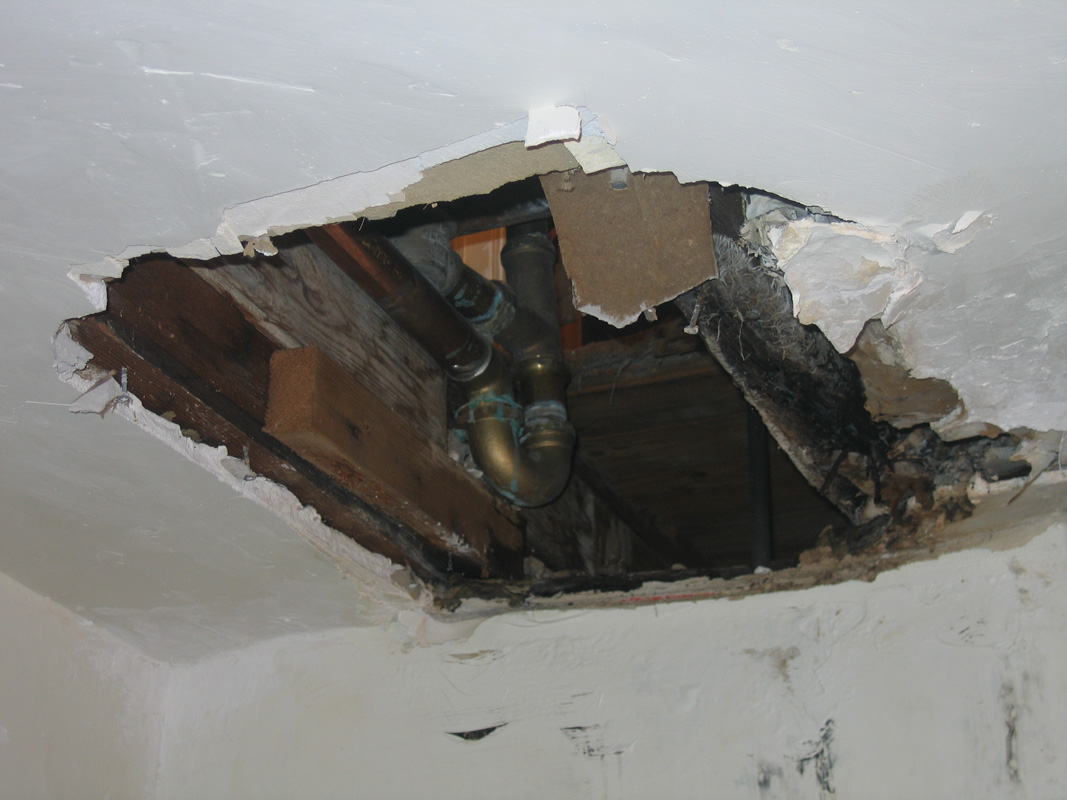
From AAP:
The Rudd government’s decision to impose a ceiling on itself was always more political than practical.
When it came to power in 2007, [Rudd] inherited negative net debt from the Howard government, a turnaround from the $90 billion debt left to the coalition by the Keating government.
Kevin Rudd had won an election posing as an economic conservative and keeping government debt relatively low was a political imperative at the time.
His government’s first debt ceiling was set at $75 billion but to accommodate its response to the global financial crisis, was raised to $200 billion in 2009.
Four years on and the current ceiling of $300 billion is about to be reached, prompting Treasurer Joe Hockey to announce this week he will seek parliamentary approval for a $500 billion cap.
…But many economists, including [Saul] Eslake, question why an Australian government needs a debt ceiling anyway.
‘‘We don’t need that kind of additional check,’’ he argues, blaming the decision on those in Labor with a fascination for American politics.
‘‘It’s just a theatrical device that was imported into Australia by a bunch of people who watched The West Wing.’’

